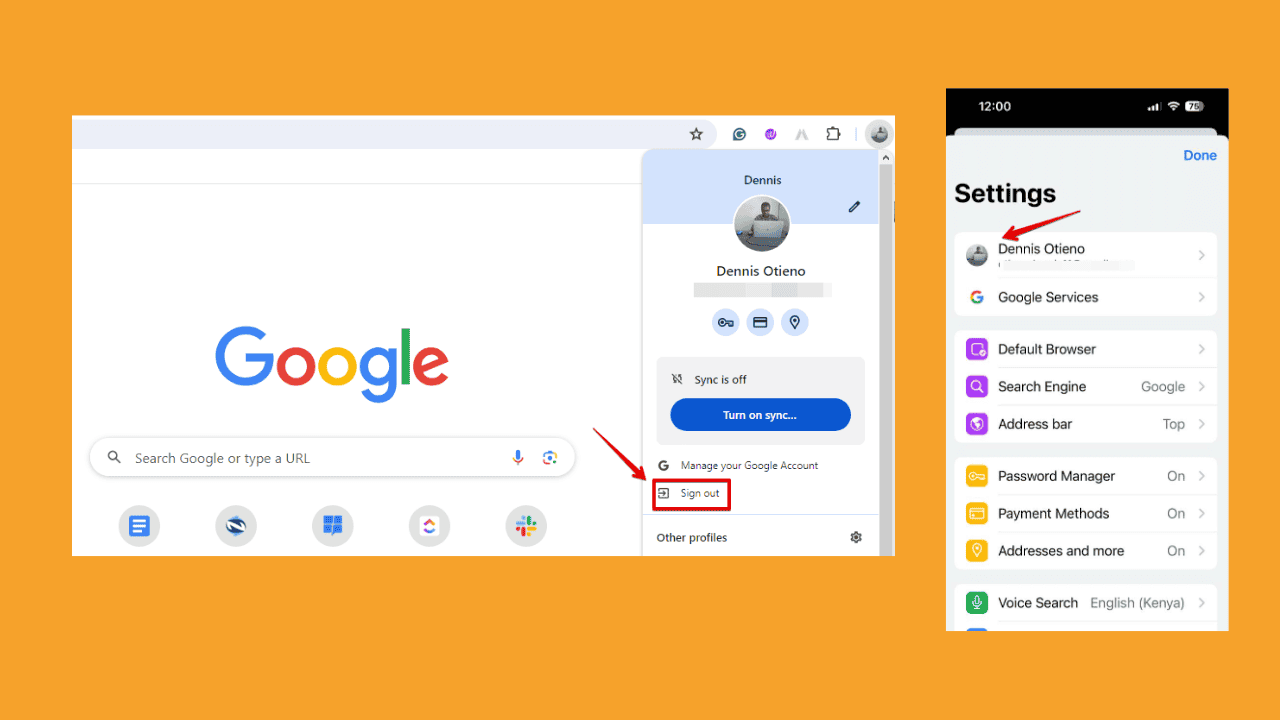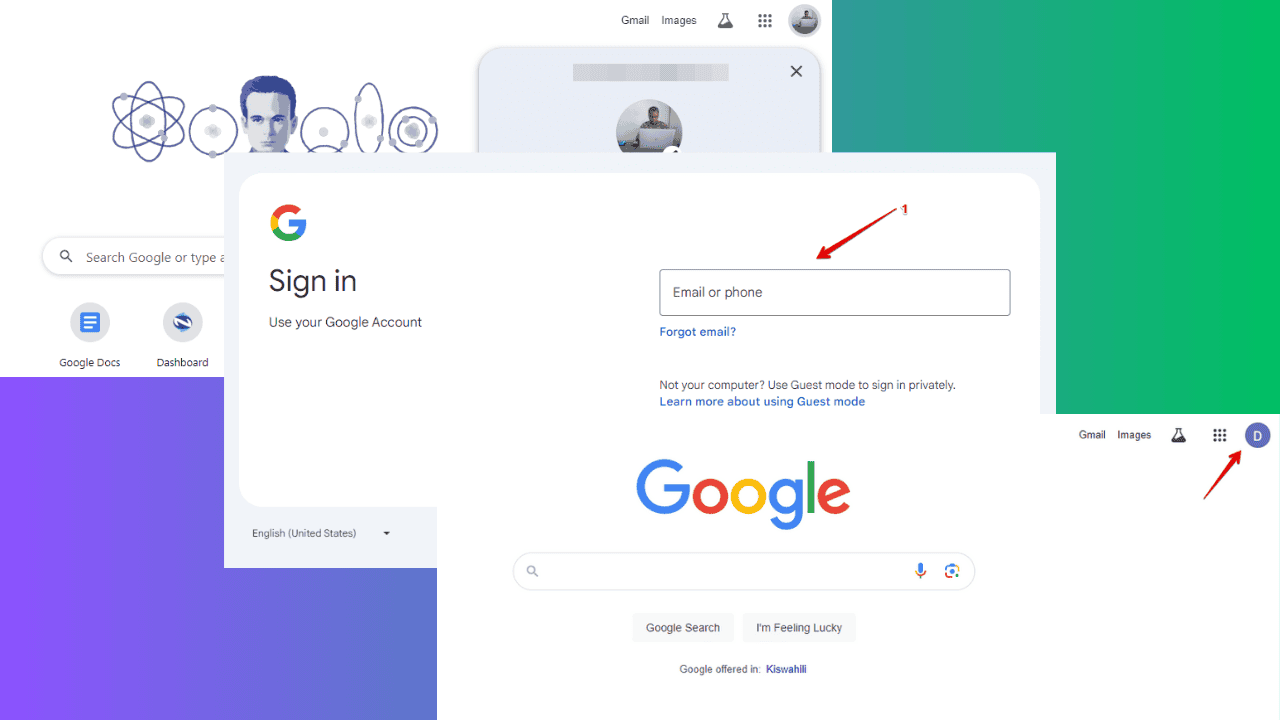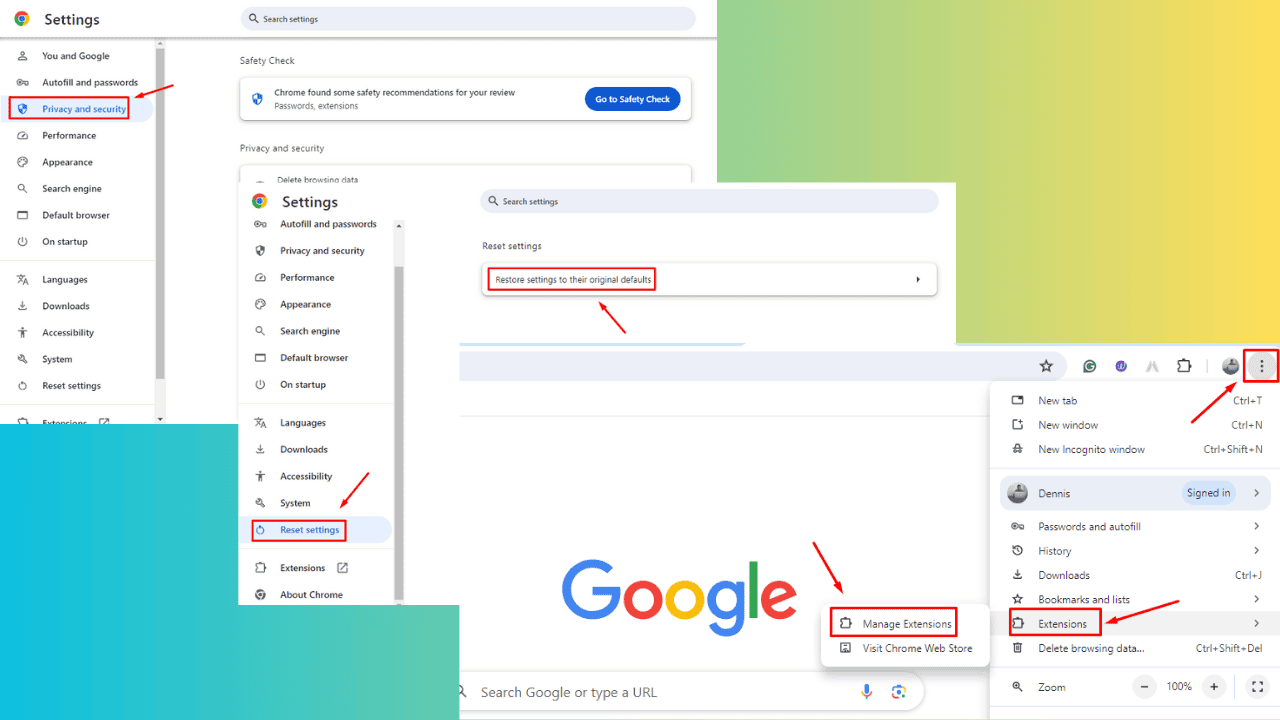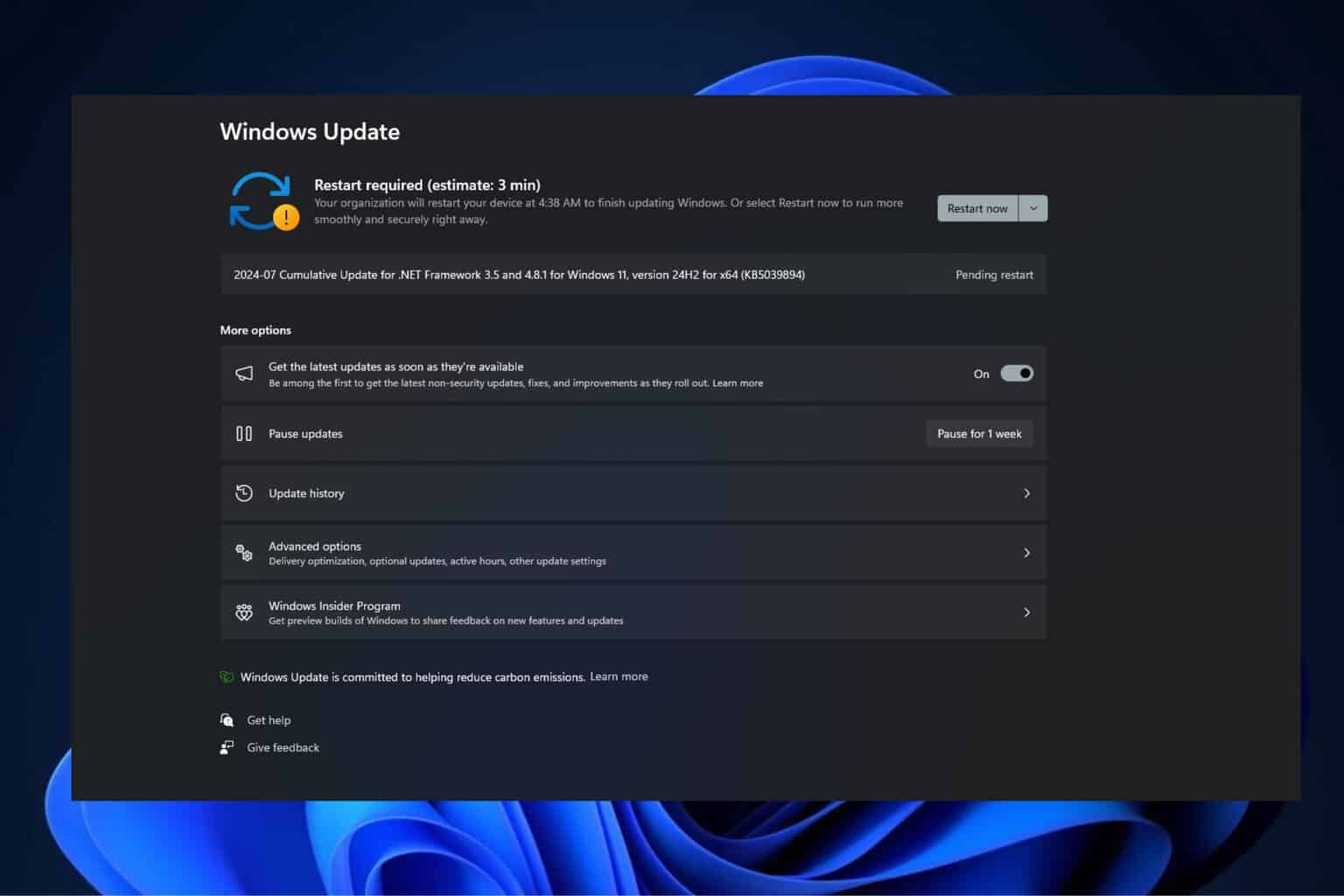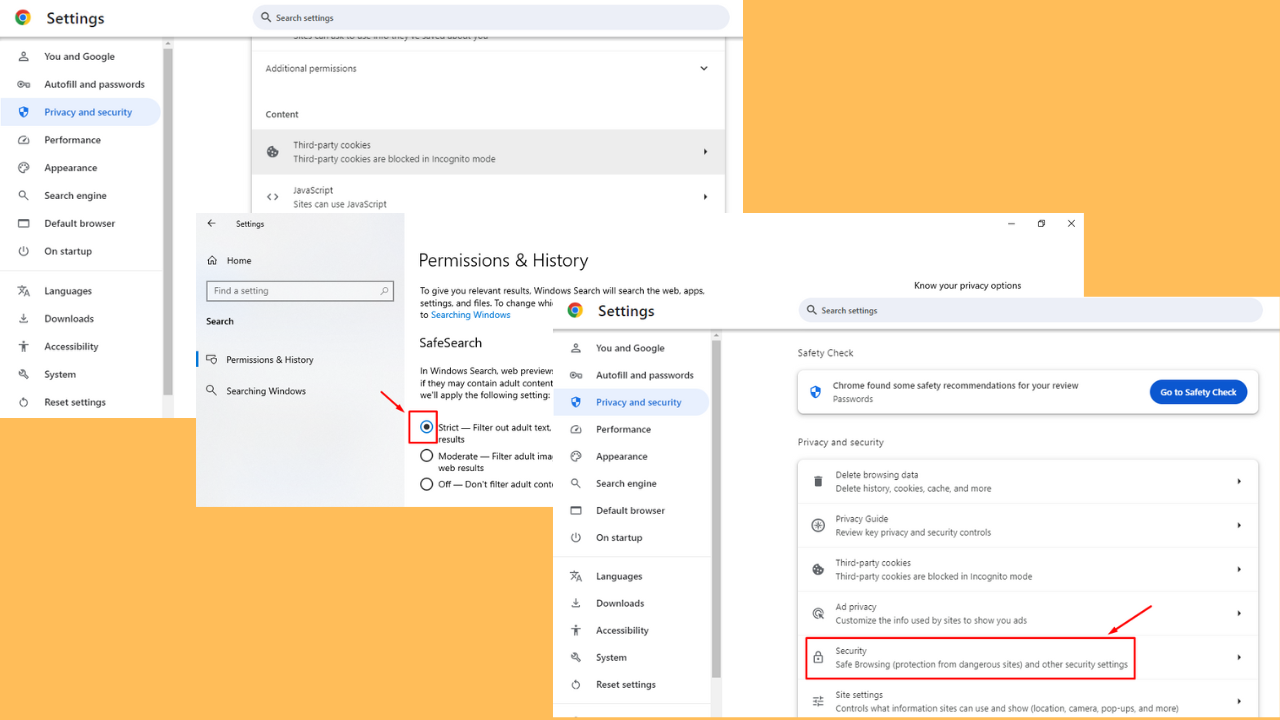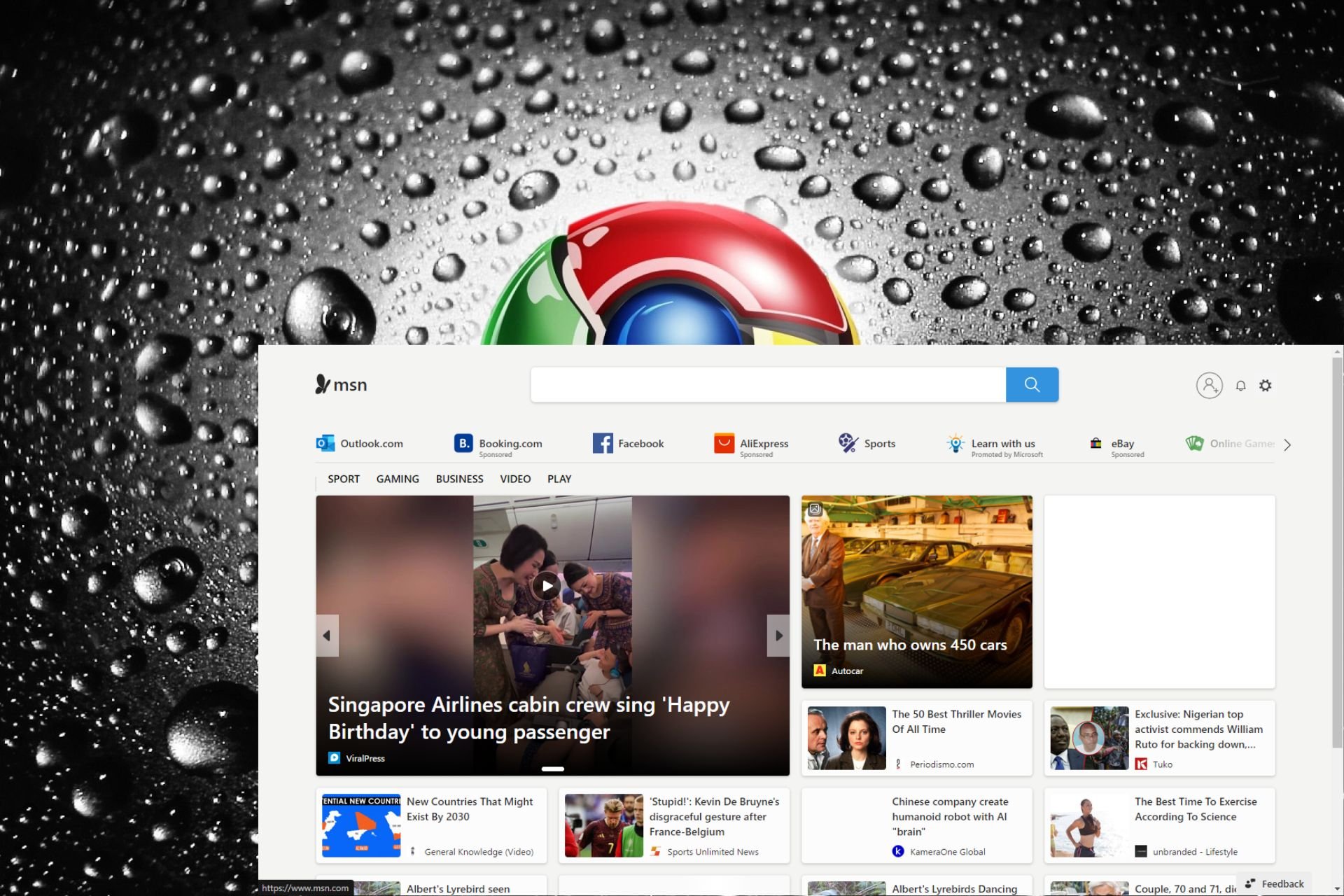Chrome's new security feature warns users about lookalike URLs
2 min. read
Updated on
Read our disclosure page to find out how can you help Windows Report sustain the editorial team Read more

It seems that typosquatting and IDN homograph attacks are going to be impossible on Chrome now. Thinking how? With Chrome‘s new security feature code named Navigation suggestions for lookalike URLs.
This new security feature was developed to prevent lookalike malware or similar domain hacking on Chrome.
What is a lookalike URL?
Lookalike URLs are URLs similar to URLs of popular sites. These fake URLs are designed to support malware attacks such as data phishing. By data stealing, one means stealing of sensitive information like your username and password.
But how do these lookalike URLs work?
These lookalike URLs direct the user to an unregistered website that is cunningly built to steal sensitive information of users. Surprisingly there is a minute difference between the original and fake URL.
Users cannot even perceive that they are visiting a fake site. Here’s an example: the original PayPal.com versus the fake PayPa1.com. This is termed as homograph attack.
Chrome declares war to lookalike URLs
However, with this new security feature, Chrome engineers are confident to give crooks a strong hit back. With this security update, Chrome algorithms will determine if the searched URL is a lookalike URL.
If the results are positive, then a notification box will appear below the Chrome search bar asking users “Did you mean to go to [URL].”
If users take into account this alert, they can protect themselves from phishing attacks.
It is not yet confirmed that when would this feature be officially available for all the users. Once launched it would be available by default. However, you can manually enable it while it is in the testing phase. To enable it, go to this search address: chrome://flags/#enable-lookalike-url-navigation-suggestions.
Chrome is an excellent browser. Google takes all the necessary measures to ensure the security of its users’ data. Enable this Chrome security feature to shield yourself from the dangers of lookalike URLs and enjoy a safe browsing experience.
RELATED POSTS TO CHECK OUT:

